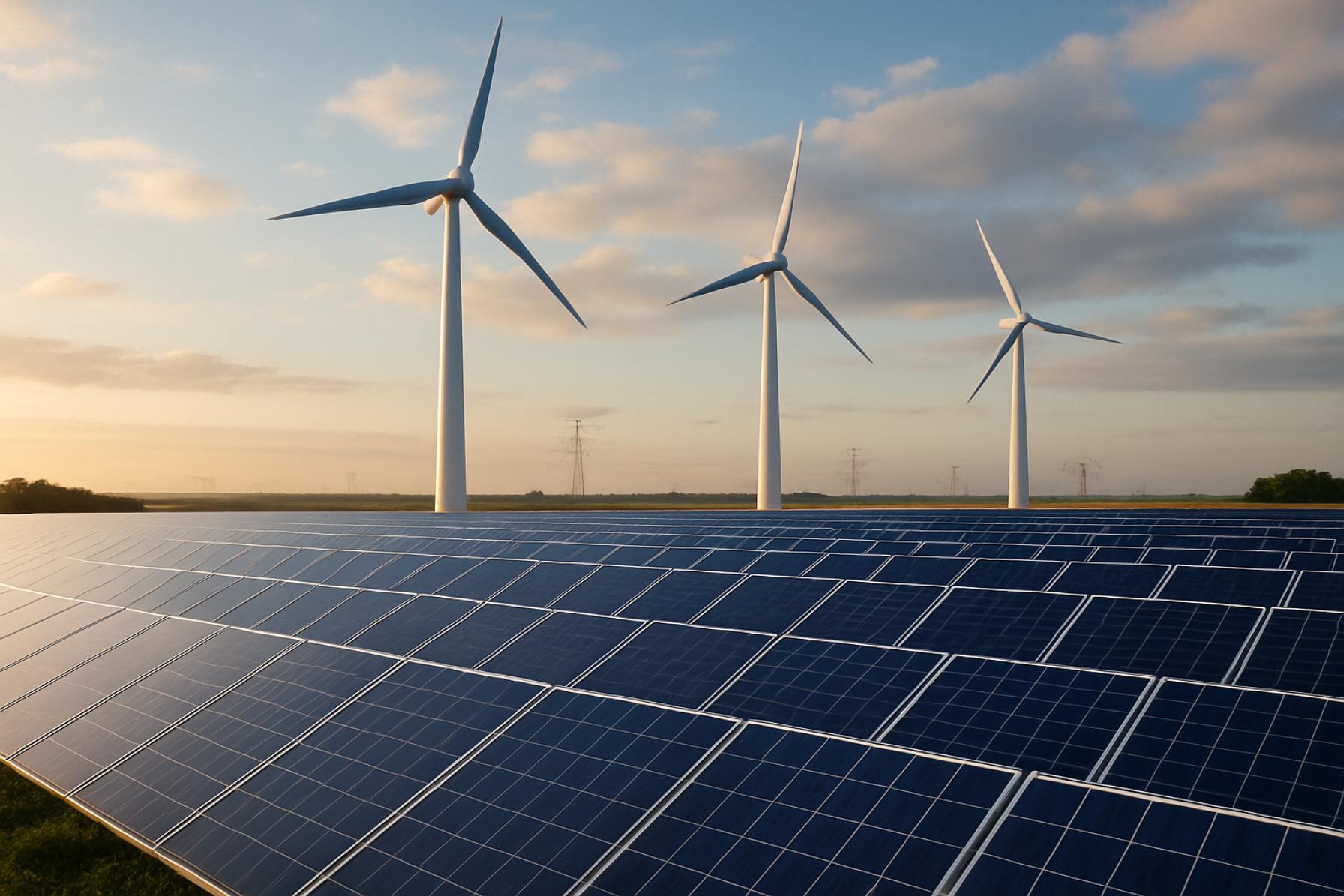The Race for Green: Clean Energy Soars Globally as Fossil Fuels Lose Their Edge in 2025
Investment in clean energy hits new records, with electric vehicles and renewables dominating, but experts urge faster action for net zero.
- US$1.5 trillion: Expected global investment in electricity sector in 2025
- 70%: Share of growth from net fossil fuel importers like China, Europe, and India
- 50% more: Clean energy spending now exceeds total fossil fuel supply investment by half
- US$3.5 trillion: Annual capital needed to hit net zero by 2050
Global investment in clean energy is smashing records in 2025. As economic tides shift and trade tensions rise, more investors are holding back on launching entirely new projects. Yet, existing clean energy initiatives appear largely untouched, and the bulk of funding continues to pour into the sector.
Clean power is no longer just a climate imperative—it’s a business opportunity and a matter of national security for many governments. Electric mobility, especially electric vehicles (EVs), has exploded. In major markets like China, EV prices now rival those of gas-powered cars, fueling an electrified revolution on the world’s roads.
Q: Which Regions Are Powering the Clean Energy Boom?
Nearly 70% of the surge in clean energy investment is driven by net fossil fuel importers—primarily China, Europe, and India. These regions view renewables not only as an environmental solution, but as a shield against global supply chain volatility and energy crises.
In the United States, competition with China is shaping vast new spending on domestic clean tech infrastructure. The Biden administration’s policies have ramped up incentives for both manufacturers and consumers, spurring new growth and innovation.
For deeper dives on clean energy investment, check resources like the International Energy Agency and World Bank for reports and analysis.
Q: How Are EVs Changing the Energy Investment Landscape?
Electric vehicles are leading the charge. With new models now price-matched to traditional combustion cars in regions like China, global automakers—and investors—are racing to keep up. This dramatic cost-competitiveness signals an era when electric transport isn’t just for early adopters, but for the mass market.
Expect to see even more rapid expansion as battery technology improves, charging infrastructure grows, and governments set ambitious targets for EV adoption.
How to Spot Emerging Opportunities in 2025’s Clean Energy Market
Investors are advised to track several critical trends:
– New government incentives and industrial policies in Europe, China, and the U.S.
– Innovations in battery storage, hydrogen, and smart grid technologies
– Expansion of clean energy access to emerging markets
Watch for regular updates from organizations like the United Nations and U.S. Department of Energy for breaking news on policy shifts and technology breakthroughs.
Q: Are We On Track for Net Zero by 2050?
While the growth is historic—clean energy investment in 2025 will reach US$1.5 trillion, outpacing fossil fuels by 50%—the world still falls short of the US$3.5 trillion needed annually to meet net zero by 2050. Experts emphasize that bold, coordinated effort is still essential.
Ready to Ride the Green Wave? Take Action Now:
- Monitor policy changes in key markets: U.S., EU, China, India
- Research clean tech innovations: EVs, renewables, energy storage
- Explore government incentives for green investments
- Track global investment data from trusted organizations
Stay ahead in the clean energy revolution—follow trusted sources and make your investments count!












